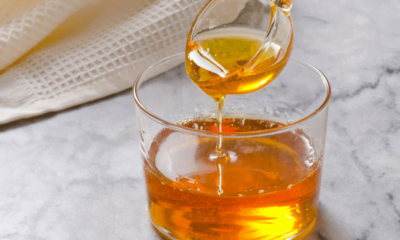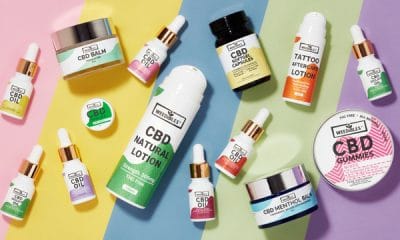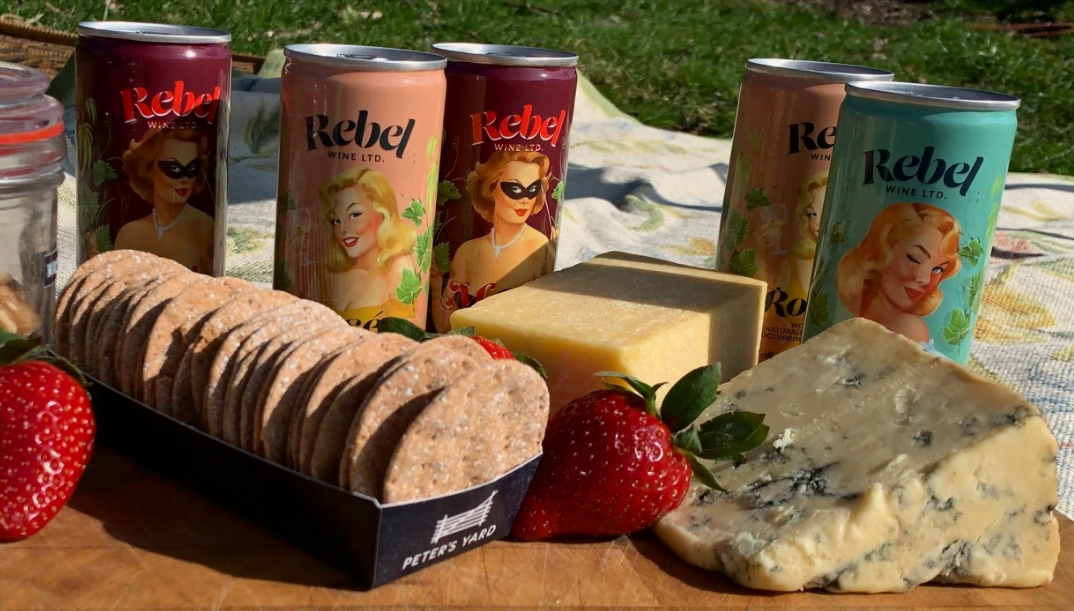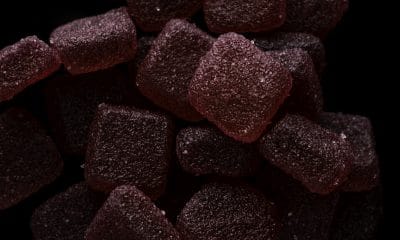One of the most common New Year’s resolutions is to eat a healthier diet. We give you five reasons to consider adding hemp to your meals
January usually marks the start of new beginnings and promises for the year ahead. One of the more common resolutions is to start eating healthier.
Hemp is considered a superfood that can help with your fibre and protein intake. It also contains fatty acids essential for a healthy body.
Here are five ways hemp can help to make your diet healthier and how to incorporate it into your meals.
Omega 3 and 6 fatty acids
Omega fatty acids are essential fats that we need in our diets. They are polyunsaturated fats which means that they cannot be manufactured by the body.
There are a number of different foods that contain fatty acids such as oily fish, nuts or plant oils. Hemp is also a great source of Omega 3 and 6 which are associated with improvements in skin, heart health and mental health.
Omega 3 is thought to help reduce cholesterol that can build up in the arteries leading to heart disease. Although studies have shown that it may reduce the levels of LDL, low-density lipoprotein, or bad cholesterol.
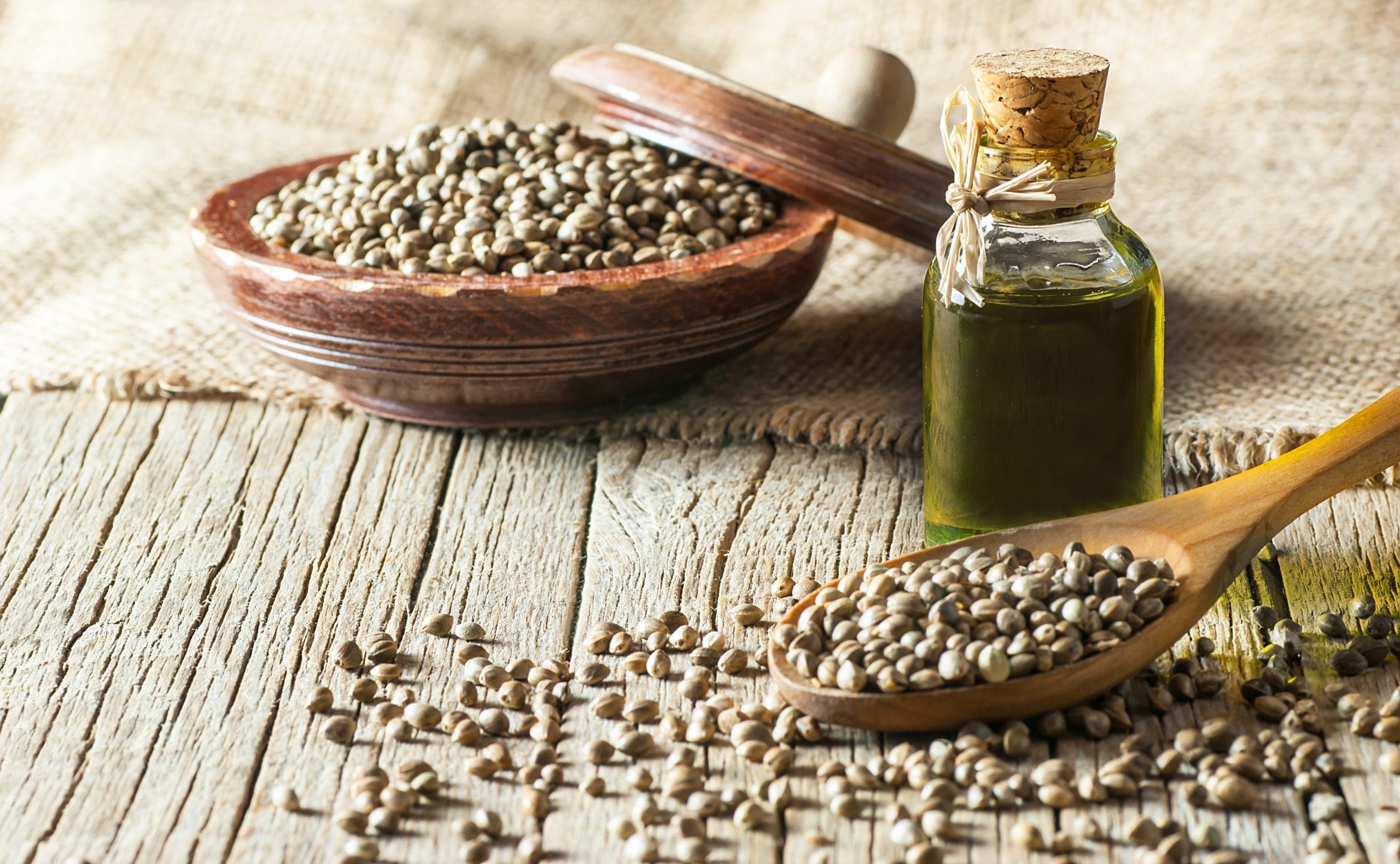
Protein
Hemp seeds are considered a complete protein source. This means they produce all nine amino acids needed to create protein. These amino acids cannot be manufactured by the body so must be absorbed through food. The amino acid arginine is particularly good for heart health and regulating blood flow.
The body breaks protein into these amino acids then they are absorbed into the body. Protein may also help to heal injuries, boost the immune system while helping the kidneys process waste. Bodybuilders and athletes rely on protein supplements to help aid muscle growth and recovery.
Hemp seeds are more than 3o per cent protein.
Niacin
Niacin is a B vitamin that turns food into energy. It is made naturally by our bodies although it can be found in food sources too. It helps to keep our nervous system, skin and digestive systems functional. Niacin is water-soluble so our bodies have a difficult time holding on to it.
Our bodies discard excess niacin through urine. Signs that you are experiencing a niacin deficiency include vomiting, a red tongue, depression, fatigue and memory loss.
It is thought that niacin may help with type 1 diabetes where the body attacks and destroys our insulin supply.
Studies show that it may
protect cells and lower the risk of developing diabetes in children with an increased risk. When it comes to type 2 diabetes which is mainly controlled through diet, it may help to reduce cholesterol. Those taking niacin with type 2 diabetes need to monitor their sugar intake carefully.
Vitamin E
Vitamin E is often associated with healthy hair, skin and nails. It also helps to strengthen the immune system meaning it could help to fight off winter colds.
It is often added to skin care due to its antioxidant properties that may fight UV damage. It can also protect from damage caused by free radicals. It may be effective in treating dry or flaky skin caused by eczema or psoriasis as it is hydrating.
One study from 2015 found that oral vitamin E capsules helped to reduce the symptoms of eczema such as itching. A group of 70 patients with atopic dermatitis (AD), were given either the capsules or a placebo. Those on the capsules reported an improvement in all of their symptoms at the end of the three month monitoring period.
While this study is concentrated on capsules, there are a lot of different topical options such as creams or lotions containing hemp which may offer some relief for eczema.
Two tablespoons of hemp seeds should contain 15.4 mg of vitamin E.
Fibre
We all need a source of fibre in our diet to maintain a healthy gut and bowels.
Most of the fibre that is found in hemp seeds is in the outer shell or husk. Although there is still plenty of fibre to be found on the inside of the seeds.
Adding fibre to your diet can help to reduce your appetite while balancing blood sugar levels.
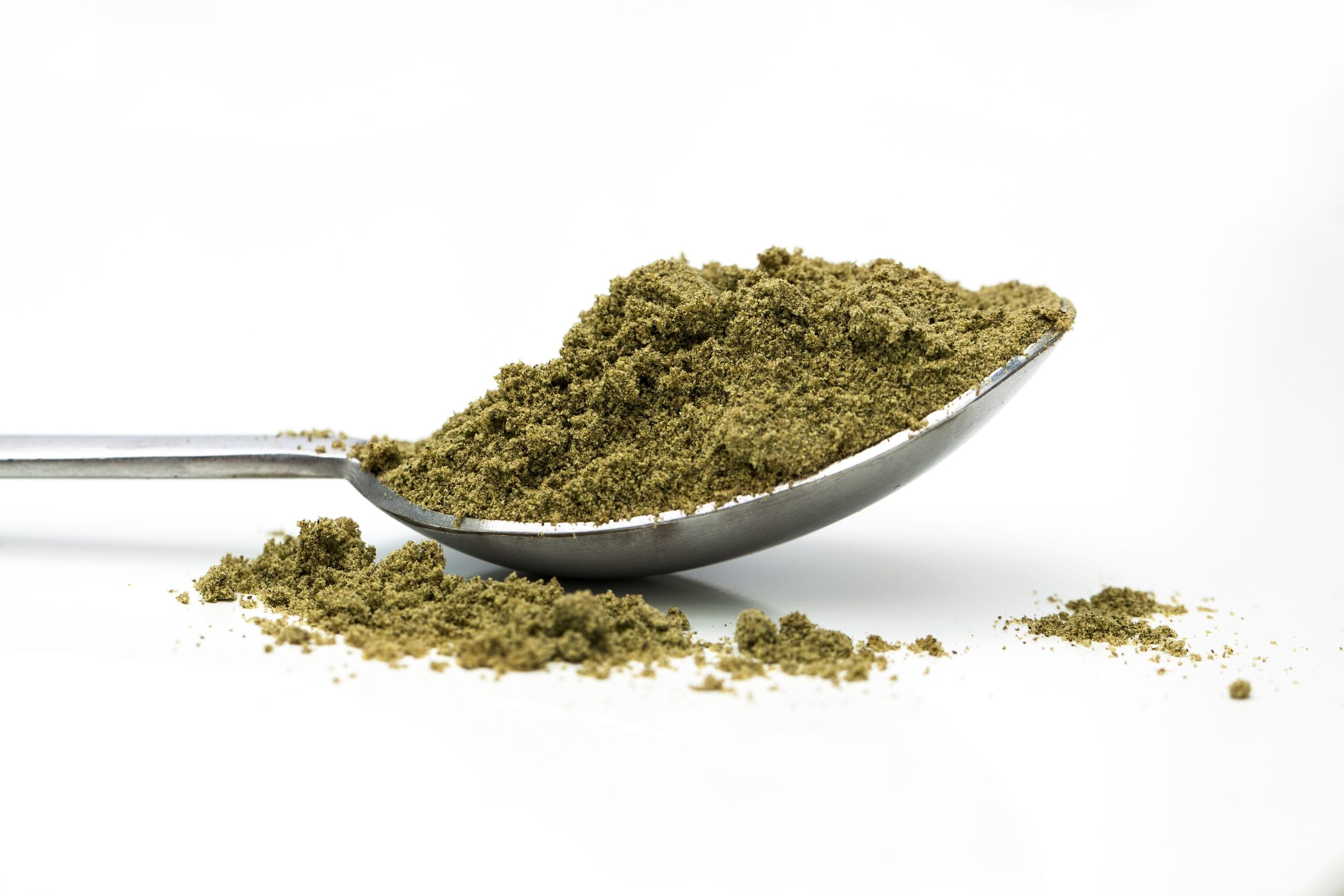
How do I eat hemp?
There are lots of different ways to include hemp in your diet.
Seeds
Hemp seeds have a hard outer shell that can be split apart to reveal a softer kernel. The seeds can be easily added to salads, bread, yoghurts or cereal. As they are plant-based, the seeds can be an excellent source of protein for vegetarians.
Oil
Hemp oil can be added to salad or bread can be dipped into it. It is not usually used for frying because it has a low smoke point which means you could end up with a very smoky kitchen.
Alternatively, hemp oil can be added to baking such as bread, cakes or pizza bases.
Milk
Plant milk has exploded in popularity in recent years. While almond, soy and oat are the leading plant alternatives, hemp milk is also available in supermarkets.
It is made by soaking the plant seeds in water then sweeteners may be added for flavour. It has fewer carbohydrates, protein and fat than cow’s milk.


 News6 months ago
News6 months ago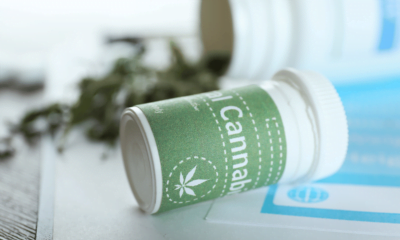
 Science5 months ago
Science5 months ago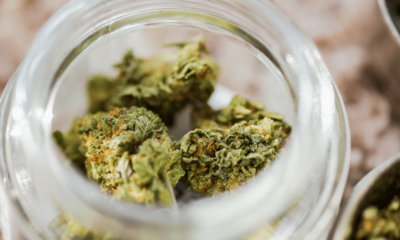
 Industry6 months ago
Industry6 months ago
 News6 months ago
News6 months ago
 News5 months ago
News5 months ago
 Health4 months ago
Health4 months ago
 News5 months ago
News5 months ago
 Health3 months ago
Health3 months ago




